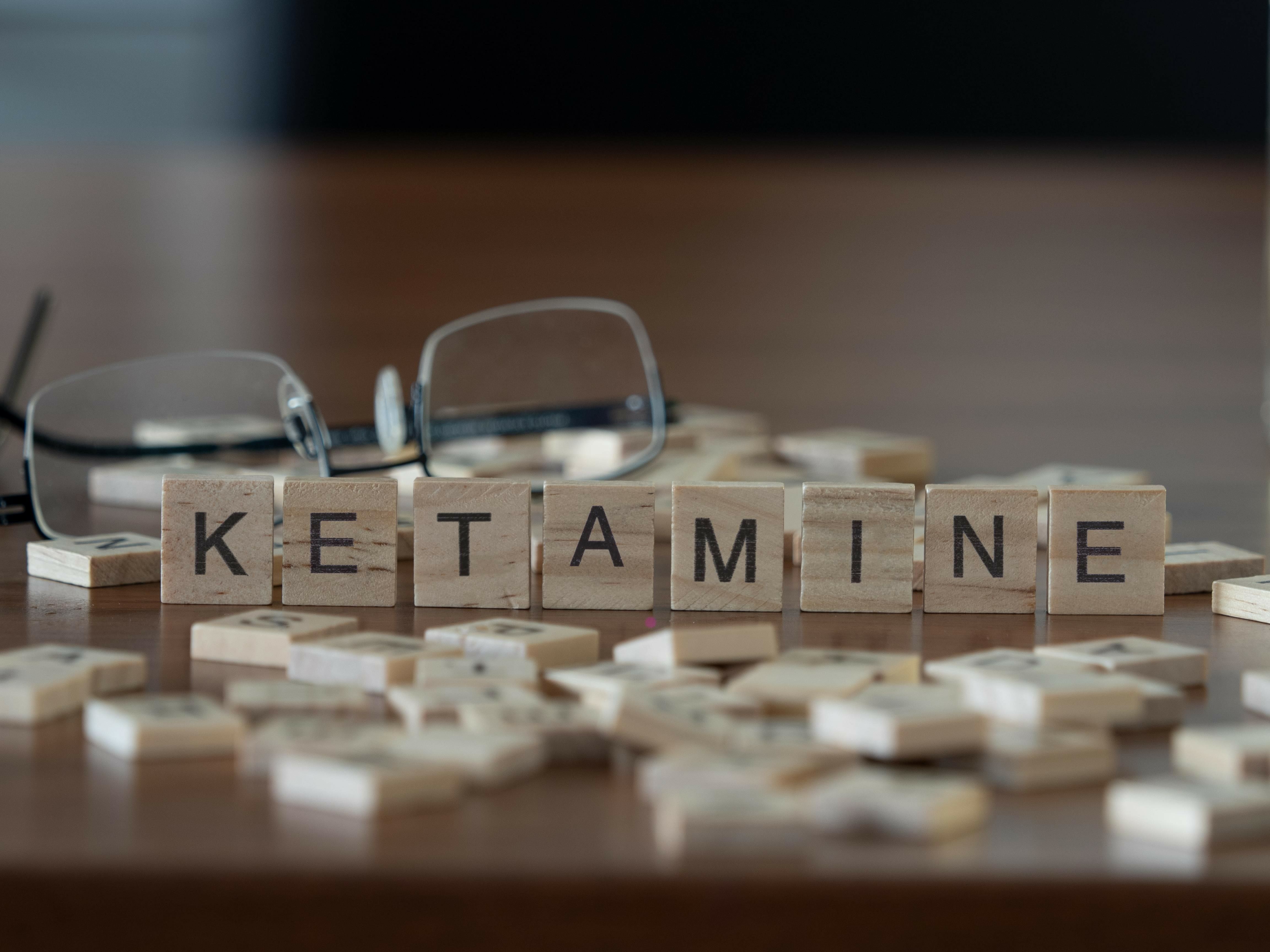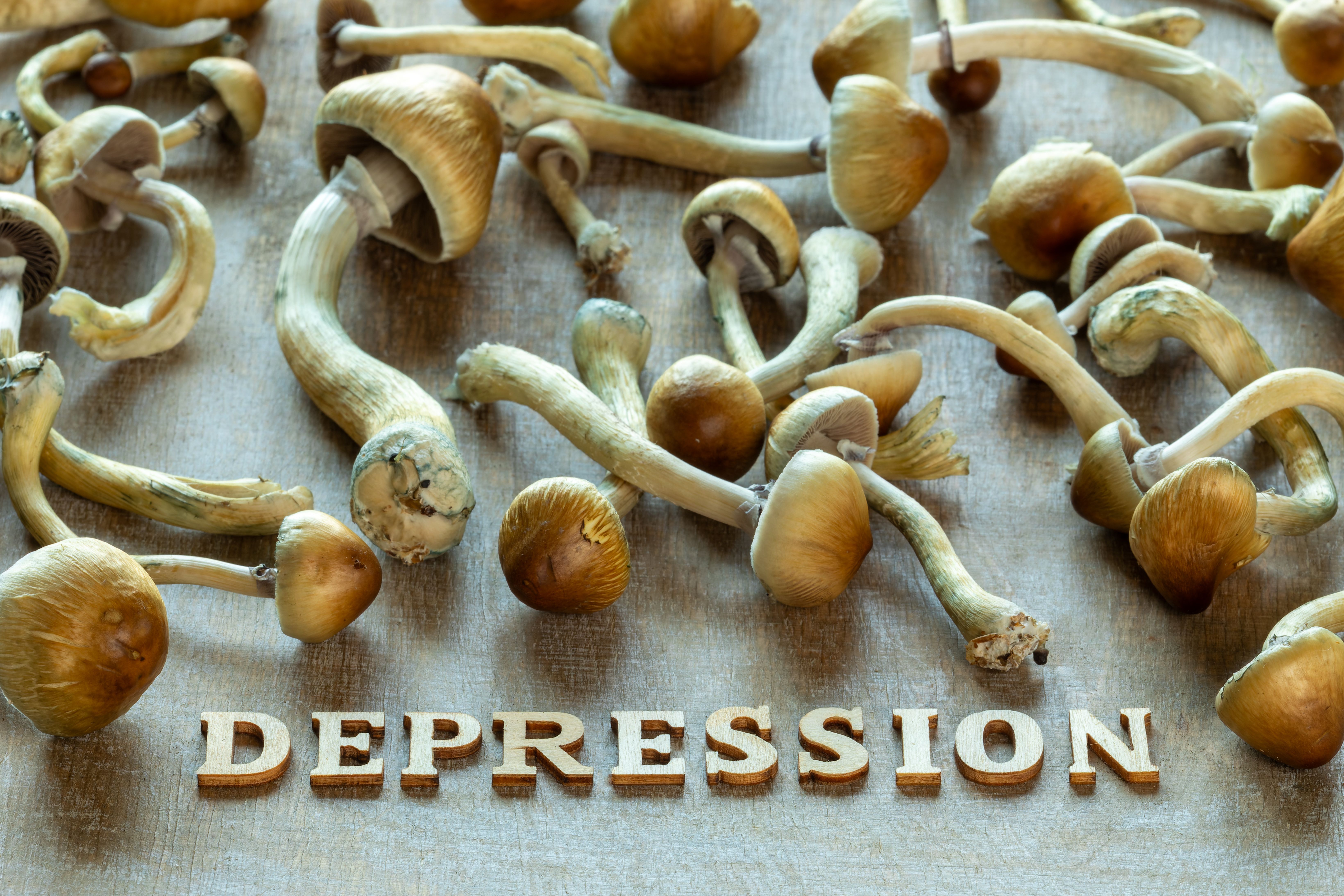Blog
Article
Why Ketamine?
Author(s):
A psychiatrist explores ketamine-assisted psychotherapy in this ongoing series.
lexiconimages_AdobeStock

A KETAMINE JOURNAL
My interest in psychedelic medicine began with a Grand Rounds at Johns Hopkins Hospital on October 7, 2019. The speaker was the late Roland Griffiths, PhD, director of the Center for Psychedelic and Consciousness Research. He presented on psilocybin as a treatment for depression, and the hospital’s department chair—Jimmy Potash, MD, MPH—interviewed a patient with a long history of major depression.
The patient discussed his experience with conventional antidepressants and reported that they had helped his depression. He continued, however, to have persistent, self-deprecating thoughts that colored his mood. After participating in a clinical trial in which he received 2 doses of psilocybin, he reported that these critical thoughts were gone and he felt remarkably better.
Griffiths talked about how psilocybin was administered in the trial. In 8-hour therapeutic sessions, patients were treated in rooms set up to have the ambiance of living rooms (not medical treatment rooms), with 2 “guides” attending to each patient through the experience—or “journey,” to use psychedelic lingo. In psychedelic medicine, there is a lot of attention given to the set and setting—that is, to the patient’s mindset and the physical setting.
I sat in Hurd Hall that day and thought of my patients who get symptomatic relief with antidepressants, yet continue to suffer because of their harsh mental scripts. Session after session, and sometimes year after year, I listen to the same concerns from the same patients. These relentless thoughts play over and over.
There are themes that I have heard from many different people over the decades: a constant fear of losing their job or an all-consuming preoccupation with what others think or expect. These patients believe they are not good enough or they do not accomplish as much as they perceive others do. The idea that one could ingest a pharmaceutical agent once or twice and skip those years of therapy sounded so appealing.
I thought of the script that loops through my own head: a restlessness that I should be doing something more. It silences when I am working on a project, and it has driven me from one project to the next over years. I shrug it off with a joke and tell people that I write to stay sane and that I like new challenges. And it is not something I would casually wish away—it has taken me to some very interesting places. Between projects, however, it can be uncomfortable.
Griffiths talked about how the experience of taking psilocybin is intense and profound for his research participants, many of whom have rated it as one of the most meaningful experiences of their lives. He talked about feelings of unity and connectedness. I wondered, Did you bring samples?
On one hand, I was curious, and on the other, I have had many patients who have experimented with recreational psychedelic drugs—none of those patients have been magically cured of either their mood disorders or their existential struggles. I did not think it was time to shutter our practices and send the patients off to Burning Man.
Nonetheless, my curiosity was piqued. After I wrote about Griffiths’ new research center at Hopkins, I read Ayelet Waldman’s memoir, A Really Good Day: How Microdosing Made a Mega Difference in My Mood, My Marriage, and My Life,1 and I wrote about microdosing and its potential role in psychiatry.
I have always considered myself to be a mainstream psychiatrist. Psychedelics were not something I planned to add to my treatment arsenal, nor were they something I had ever experimented with personally, even as a student. My generation was indoctrinated with tales of the “bad trip” from which one might never emerge, and public service ads depicting the brain on drugs as a fried egg. I was educated and trained well after the US Food and Drug Administration (FDA) halted all clinical research on lysergic acid diethylamide (LSD) in 1966.2
Things have obviously changed in the past decade, and it seems that now you cannot pick up a newspaper or journal without seeing a study about psychedelic medicine. Access to psychedelics is still primarily limited to research studies, but that is starting to change. In traditional psychiatric practices, psychedelics present a challenge. Psilocybin journeys are long, and patients must stop their serotonergic antidepressants.
Ketamine is a dissociative anesthetic that has been used off-label to treat psychiatric conditions. Although it is not technically a psychedelic (it affects different neurotransmitters than LSD, psilocybin, 3,4-methylenedioxymethamphetamine [MDMA], and other psychedelics), in sub-anesthetic doses, ketamine allows individuals to enter a non-ordinary state of consciousness similar to the states induced by classic psychedelics.
It is used illegally as a recreational and club drug called Special K, and it is associated with abuse and addiction. It is probably best thought of as a “psychedelic-adjacent” substance, yet it falls under the rubric of psychedelic medicine.
For psychiatry, it works as a fast and powerful antidepressant, and it works for some patients who have not responded to other treatments. Ketamine is legal, it induces short journeys that last 40 to 90 minutes, and patients do not need to stop their antidepressants to use it.
The only form of ketamine that has FDA approval for the treatment of depression is intranasal esketamine (Spravato).3 Patients may get intravenous infusions of ketamine for depression off-label, and this has a defined protocol: Ketamine is given at a dose of 0.5mg/kg infused over 40 minutes, 2 or 3 times a week for a total of 6 doses. With ketamine infusions, or with Spravato, the goal is the antidepressant effect—any dissociative or psychedelic effects are unwanted adverse effects.
I first heard of ketamine-assisted psychotherapy (KAP) when a colleague mentioned that he was going to KAP training. I had never heard of KAP and had to ask what the acronym stood for. I initially had no interest, but then I started seeing more and more references to it, and I realized that, although ketamine treatment is common in some parts of the country, there is very little available in Baltimore, where I practice. Most KAP is done by therapists without medical training. A physician prescribes, and the patient takes the medicine in the presence of a psychotherapist, or at home.
Might there be patients who want to try ketamine with a psychiatrist present—one who could do psychotherapy and monitor for adverse reactions while keeping the patient safe? This was not an option in Baltimore in early 2023 when my interest was developing.
With KAP, there is still the antidepressant effect of the medication, but the hope is to induce a dissociative/psychedelic experience. The idea is that this promotes a period of neuroplasticity—a time when old things, like negative ruminations or dysfunctional patterns, can be unlearned and new things can be learned. KAP is usually offered with sublingual or intramuscular ketamine administration, and some infusion centers are starting to couple IV administration with psychotherapy.
The dose is titrated according to the patient’s weight, then to the individual response; it involves a bit of art as well as science. The psychotherapy occurs after the ketamine-induced “journey,” and in the days immediately following ketamine administration. These integration sessions help the patient understand the events of the experience within the context of their own life.
KAP is done by a variety of providers in a variety of settings, including online psychotherapy with ketamine lozenges that are sent in the mail.
I decided I wanted to learn how to use KAP with the hope of offering a time-limited and hopefully effective treatment for patients with unrelenting depression and psychic torment. Will it work? Am I too attached to the idea that there might be a quick fix for recalcitrant psychiatric issues? Is this too far off from my “mainstream psychiatrist” identity? Will my colleagues think I have lost my mind?
Our treatments are very helpful for many patients, but for other patients, the treatments do not provide adequate relief—this might offer something new.
I spent months exploring the psychedelic landscape, reading, researching, and talking to therapists who have treated patients with both ketamine infusions and KAP. I went to Colorado in August to take an intensive course on the fundamentals of KAP offered by the Psychedelic Research and Training Institute (PRATI), and I have started to use ketamine in my practice.
In this series, I will be writing about my experiences—both what it entailed to get set up and what I have learned as my patients have experienced ketamine. I am a clinical psychiatrist and a writer—I am not a researcher, so please keep that in mind. I hope you will read along as I explore this innovative treatment for patients who have not responded to conventional psychiatric therapies.
Thank you for joining me as I take on this new challenge.
Dr Miller is a clinical psychiatrist and writer in Baltimore. She is on the faculty at the Johns Hopkins School of Medicine.
Note: In these commentaries, Miller will discuss her experiences and thoughts as she explores issues associated with ketamine in psychiatry.
The views and practices expressed in these commentaries are solely those of the author and do not necessarily represent the position of Psychiatric Times or its editors.
References
1. Waldman A. A Really Good Day: How Microdosing Made a Mega Difference in My Mood, My Marriage, and My Life. Knopf; 2017.
2. Bonson KR. Regulation of human research with LSD in the United States (1949-1987). Psychopharmacology. 2018;235:591-604.
3. SPRAVATO®, the only FDA-approved nasal spray for adult patients with two forms of challenging-to-treat major depressive disorder (MDD). Spravato. Accessed April 10, 2024. https://www.spravato.com/






